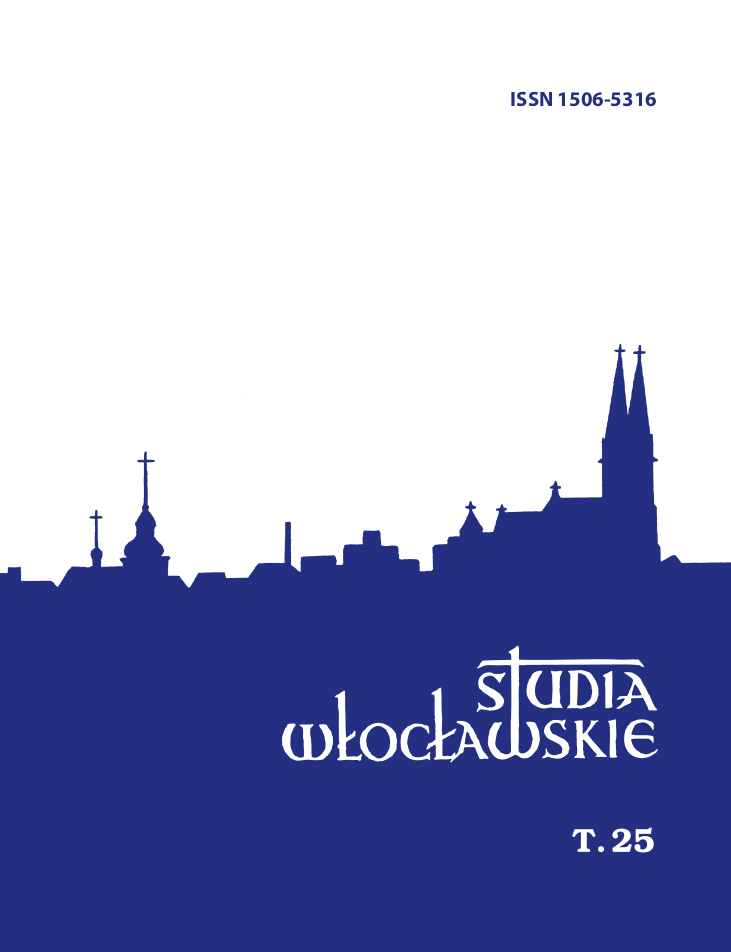Missions in the lamidat of Reï Bouba (Cameroon) - a difficult road to tolerance
DOI:
https://doi.org/10.52404/ttnwloc.stwl.25.17Keywords:
Northern Cameroon, Reï Bouba, Islam, Christian-Muslim dialogue, Catholic missions, Kirdi, FulbeAbstract
Beginning in the 16th century, the Fulbe arrived in increasing numbers in what is now northern Cameroon. In the 19th century the Fulbe militarily conquered northern Cameroon. However, their power eluded numerous enclaves of Kirdi peoples. The Fulbe gained much greater dominion over the Kirdi during the German and French rule. They took advantage of their dominant political position and the fact that they cooperated with the colonizers. They thus led to a greater Islamization of these lands, but did not win the majority of the population for their religion. In the mid-20th century, Catholic missions, as well as Protestant missions, began to thrive in Kirdi areas. Their activities were restrained by the Fulbe rulers. Also after Cameroon's independence, favoritism between the Fulbe and Islam in northern Cameroon continued. However, this fierce rivalry began to give way to a more peaceful coexistence and even cooperation in many areas of society. There has been a time of difficult dialogue, which is still struggling with the past, prejudice and misunderstanding among many religious and political leaders.
A classic example of the transition from a period of conflict and strife to tolerance and even dialogue can be seen in the history of the Catholic missions in the Rei Bouba lamidate. This lamidate was established by the powerful Yillaga family. It was - and still is -de facto a theocratic state. Catholic missions were established on its territory with difficulty: in Touboro Tcholliré and Madingrin. That a difficult time of confrontation was followed by a time of tolerance and even dialogue is evidenced by recent years of mutual relations.
Downloads
References
Aboubakary Abdoulaye, https://www.camerounweb.com/person/Aboubakary-Abdoulaye-3109 [2023-02-14].
Agence de presse internationale catholique (APIC), Pour «enterrer définitivement la guerre des religions», https://www.cath.ch/newsf/pour-enterrer-definitivement-la-guerre-des-religions/ [2023-02-14].
Baskouda J.B., Kirdi est mon nom, Yaoundé: Saint-Paul 1993.
Baumann H., Westermann D., Les peuples et les civilisations de l’Afrique suivi de les langues et l’éducation. Traduction française par H. Homburger, Paris: Payot 1948.
Bernon J. de, L’Apostolat sur la Terre de Rey Bouba, „Entre Nous” (1957) nr 5, s. 14-18.
Bernon J. de, Ma maison, „Pôle et Tropiques” (1956) nr 7, s. 4.
Bernon J. de, Ma première tournée de brousse, „Pôle et Tropiques” (1956) nr 11, s. 6.
Boudouma M., Avec la force de l’Esprit-Saint, Yaoundé: Dinimber et Larimber brw.
Dalle G., Ce que l’Évangile a apport, „Pôle et Tropiques” (1997) nr 2, s. 16-17.
Durand A., A Rey-Bouba les dogaris font la loi pillages et assassinats en serie, „Pôle et Tropiques” (1996) nr 5-6, s. 27-29.
Froelich J.C., Les montagnards paléonigritiques, Paris: ORSTOM 1968.
Froelich J.C., Notes sur les Mboum du Nord-Cameroun, „Journal de la Société des Africanistes” (1959) nr 1, s. 90-117. DOI: https://doi.org/10.3406/jafr.1959.1901
Kruszewski H., Madingrin, „Tam-tamem” (1990) nr 5, s. 5-6.
Kwaśniewski A., Historia misji w Madingrin, „Misyjne Drogi” (1983) nr 4, s. 42-43.
Kwaśniewski A., W Kamerunie się cierpi dla Chrystusa, „Misyjne Drogi” (1984) nr 2, s. 46.
Lacroix P.-F., Le puel, w: J. Perrot (red.), Les langues dans le monde ancien et moderne, t. 1, Paris : Éditions du Centre National de la Recherche Scientifique 1981, s. 19-31.
Milanowski J., List z 19 listopada 1993 r., Madingrin: mps 1993. Archiwum OMI Poznań.
Milanowski J., List z cyklu: „Wieści z Kamerunu”, „Niepokalana” (1994) nr 1, s. 25.
Milanowski J., W nich nadzieja na lepsze jutro, „Misyjne Drogi” (1995) nr 2, s. 37-38.
Mohammadou E., Ray ou Rey-Bouba: tradition transmise par Alhadji Hamadjoda Abdoullay. Traditions historiques des Foulbé de l’Adamawa Garoua: Musée Dynamique du Nord Cameroun, ONAREST; Paris: C.N.R.S. 1979.
Ngoulsia A., Rey Bouba – ziemia wciąż niespokojna, „Misyjne Drogi” (1998) nr 4, s. 26-27.
Pierre M., Rimaud Ch., Dieu aime l’Afrique, „Pôle et Tropiques” (1996) nr 5-6, s. 26.
Plumey Y., Mission Tchad-Cameroun. L’annoce de l’Evangile au Nord-Cameroun et au Mayo Kebbi 1946-1986, [Rome]: Editions Oblates 1990.
Rolek A., Radość z dowodów tożsamości, „Misyjne Drogi” (1995) nr 4, s. 26.
Różański J., Kościół katolicki w dialogu z tradycyjnymi religiami afrykańskimi, Pelplin: Wydawnictwo Bernardinum 2020.
Różański J., Reï Bouba jako przykład państwa teokratycznego, w: W. Cisło, J. Różański, M. Ząbek (red.), Bilad as-Sudan – Stare kultury i nowe wyzwania, Warszawa-Pelplin: Wydawnictwo Bernardinum, Wydawnictwo Naukowe UKSW, Uniwersyteckie Centrum Badań Wolności Religijnej UKSW 2022, s. 140-161.
Różański J., Republika Federalna Ambazonii: poszukiwanie tożsamości kulturowej i politycznej angielskojęzycznych mieszkańców Kamerunu, Warszawa: Wydawnictwo Uniwersytetu Kardynała Stefana Wyszyńskiego 2023.
Seignobos C., Tourneux H., Le Nord-Cameroun à travers ses mots. Dictionnaire de termes anciens et modernes. Province de l`Extrême-Nord, Paris: IRD, Karthala 2002.
Seligman C.G., Ludy Afryki, przeł. E. Promińska, Warszawa: Państwowe Wydawnictwo Naukowe 1972.
Stryczek L., Historique et développement de la Mission Catholique de Tcholliré, Tcholliré: mps 2001.
Stryczek L., Tajemnice Rey Bouba, „Misyjne Drogi” (1997) nr 3, s. 31.
Vorbrich R., Lamidat. Państwo przedkolonialne w państwie postkolonialnym, „Afryka” (2005) nr 21, s. 7-28.
Zielenda K., Państwo w państwie. W obronie mieszkańców lamidatu Rey Bouba, „Misyjne Drogi” (1995) nr 5, s. 16-19.
Downloads
Published
How to Cite
Issue
Section
License
Copyright (c) 2024 Studia Włocławskie

This work is licensed under a Creative Commons Attribution 4.0 International License.




